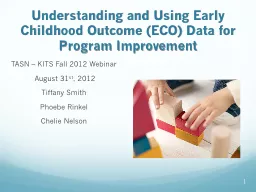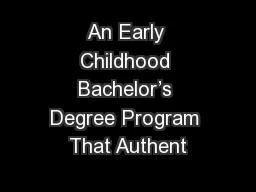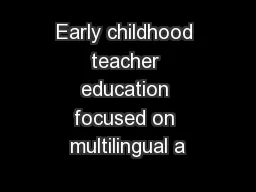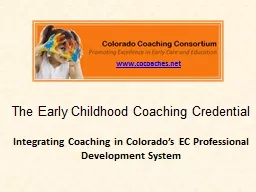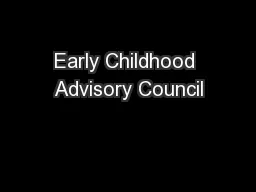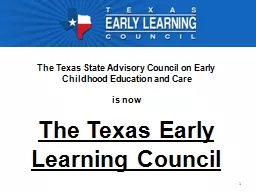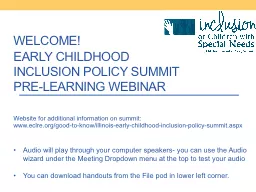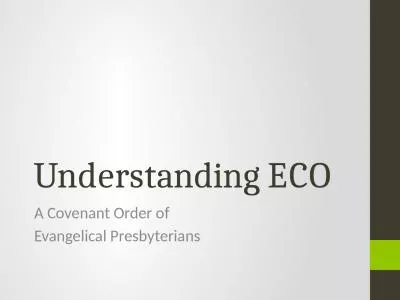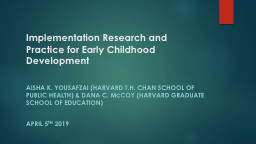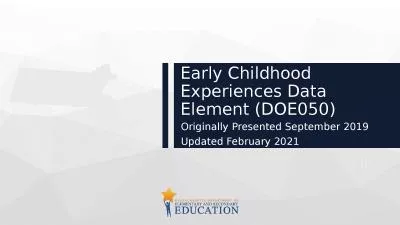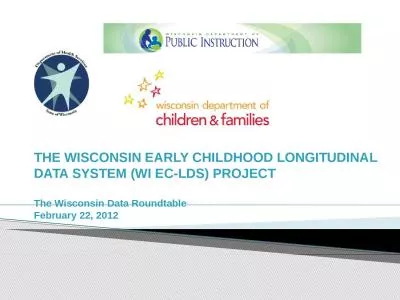PPT-Understanding and Using Early Childhood Outcome (ECO) Data
Author : jane-oiler | Published Date : 2017-08-19
TASN KITS Fall 2012 Webinar August 31 st 2012 Tiffany Smith Phoebe Rinkel Chelie Nelson 1 Tiffany Smith KSDE ECSE Program Consultant tsmithksdeorg Phoebe Rinkel
Presentation Embed Code
Download Presentation
Download Presentation The PPT/PDF document "Understanding and Using Early Childhood ..." is the property of its rightful owner. Permission is granted to download and print the materials on this website for personal, non-commercial use only, and to display it on your personal computer provided you do not modify the materials and that you retain all copyright notices contained in the materials. By downloading content from our website, you accept the terms of this agreement.
Understanding and Using Early Childhood Outcome (ECO) Data: Transcript
Download Rules Of Document
"Understanding and Using Early Childhood Outcome (ECO) Data"The content belongs to its owner. You may download and print it for personal use, without modification, and keep all copyright notices. By downloading, you agree to these terms.
Related Documents

